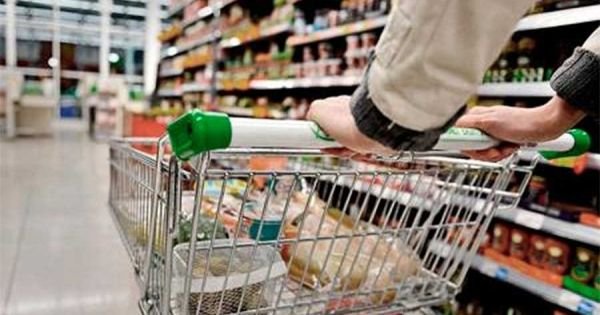Interannual figures highlight contrasting realities in Brazil and Argentina
[ad_1]
Interannual figures highlight contrasting realities in Brazil and Argentina
In Argentina, mass consumption contracted 3.8% year-on-year while in Brazil it grew 1.2%
Reports released Thursday showed contrasting realities between South America’s two largest countries. While consumption grew 1.2% interannually in January, according to the Brazilian Association of Supermarkets (Abras), the situation was quite the opposite in Argentina due to rampant inflation outpacing wage updates.
Abras said consumption in Brazilian homes rose by 1.2% in January compared to the same month in 2023. However, there was a 22% drop from December’s figures. Consumption traditionally falls back at the beginning of the year due to tax payments and education expenses. As in previous years, it tends to be higher at the end of the quarter, with lower income commitments and the arrival of Easter, Abras Vice President Marcio Milan was quoted by Agencia Brasil as saying. According to Abras, 2024 should close with a 2.5% increase.
The Abras basket of products, with 35 widely consumed items, cost 2.9% less than in January 2023 but went up by 1.4% from the previous month.
In Argentina, mass consumption contracted 3.8% year-on-year in January. However, self-service stores recorded a positive variation of 0.5% after 18 months of decline, according to a Scentia report.
Supermarkets, which for more than two years showed positive indicators, suffered a decline in sales of more than 8%, the study also showed.
After growing 1.4% year-on-year in December, mass consumption started a downward trend in January.
It is important to take into consideration that the comparison bases are part of the explanation for this situation, given that Self-service stores compare with -9.1% of January 2023 and Supermarkets with +7.8%. However, there are other components that add to this new stage, for example, the strong changes in prices and the loss of purchasing power, the document pointed out.
Food consumption fell 2.6%; breakfast and snacks, 4.5%; perishables and cold food, 0.5%; household and laundry cleaning, 6.6%; hygiene and cosmetics, 7.2%; alcoholic beverages, 11.3%; and non-alcoholic beverages, 2.4%.
[ad_2]
Source link




